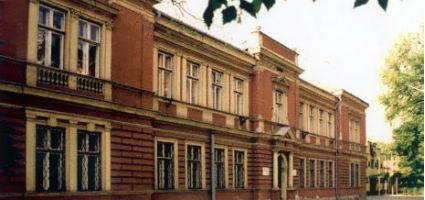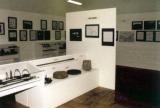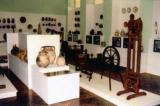2024. May 6. Monday
Ózd Town Museum - Ózd
 |
Address: 3600, Ózd Gyár út 10.
Phone number: (48) 470-115
E-mail: info@ozdimuzeum.hu
Opening hours: Mon-Fri 9-15
|
In 1971 a Factory History Museum was founded in Ózd in order protect and exhibit the historical relics and the life circumstances of the workers during the famous iron production done here. Since 1994 the history of the settlement has also appeared in the exhibitions. The collection can be seen at the former building of the marvelous Factory school (1895).
The library of 7000 volumes will help research workers in writing their studies or papers.
László Dobosy
The library of 7000 volumes will help research workers in writing their studies or papers.
László Dobosy


